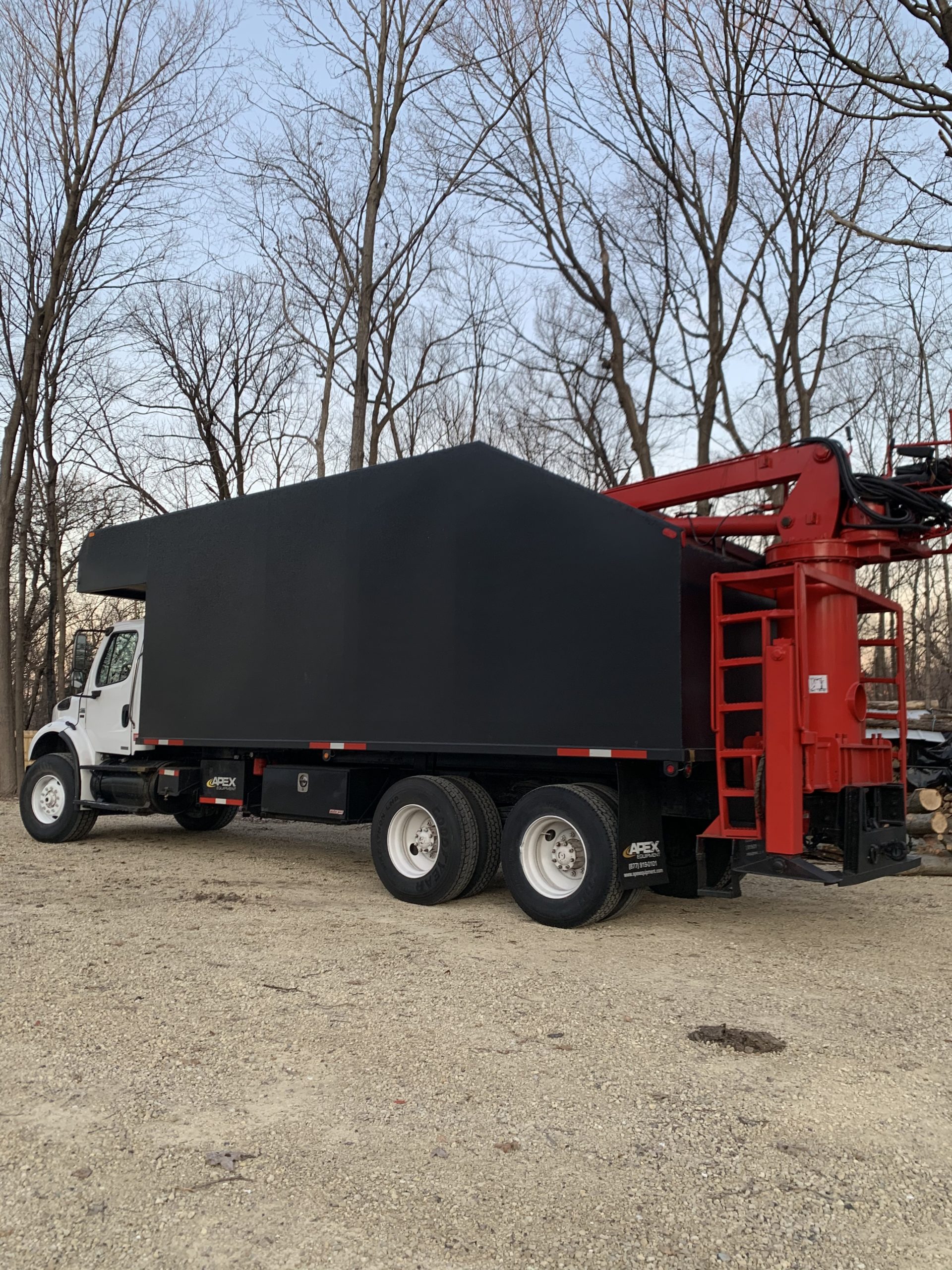Understanding the Relevance of Tree Conservation and Conservation Practices in Urban Locations
In the bustling landscape of metropolitan atmospheres, trees often stand as silent guardians, offering a multitude of benefits that extend much past their aesthetic appeal. Recognizing the value of tree preservation and conservation practices in these locations is not just an ecological factor to consider yet an alternative approach to promoting sustainable and resistant neighborhoods. As we discover the interwoven textile of environmental, social, and financial benefits that metropolitan trees provide, it comes to be noticeable that their conservation is essential for the well-being of present and future generations. Allow us embark on a journey to discover the vital role that trees play in forming the city landscapes of tomorrow.
Environmental Benefits of Trees in Cities
Trees in urban areas play an important role in giving numerous environmental advantages, adding to the general health of city residents. This process helps reduce the focus of unsafe gases, making the air cleanser and healthier for residents.

In addition, trees add to water monitoring by reducing stormwater drainage and dirt erosion. Their origin systems take in excess water, protecting against flooding and filtering pollutants prior to they reach water bodies. This natural process helps preserve water quality and safeguards aquatic communities in city areas. Generally, the environmental advantages of trees in cities are crucial for producing comfortable and lasting urban atmospheres.
Social Significance of Urban Tree Conservation
In modern city landscapes, the conservation of trees holds considerable social relevance for cultivating neighborhood well-being and enhancing quality of life. Urban tree preservation plays an important duty in producing areas for social interaction and community involvement.

Economic Value of Tree Preservation
The preservation and preservation of urban trees supply considerable financial benefits that contribute to the general economic wellness of neighborhoods and cities. Urban trees offer a large range of financial benefits that positively impact regional economies. One substantial economic benefit of tree conservation is the boost in building values. Trees enhance the visual appeal of neighborhoods, bring about higher building values and drawing in possible buyers or occupants. Metropolitan trees aid reduce energy expenses by supplying shade in the summer season and acting as windbreaks in the winter season, thereby lowering the demand for home heating and cooling systems.
Additionally, trees play an important function in reducing stormwater runoff and mitigating the results of flooding, which can cause price financial savings for cities in terms of infrastructure maintenance and repair service. Urban trees likewise contribute to improved air top quality by launching and absorbing pollutants oxygen, leading to possible cost savings in health care costs linked with respiratory ailments. By spending and acknowledging in the economic worth of tree preservation, cities can promote lasting development, improve high quality of life, and create even more resilient metropolitan environments.
Strategies for Lasting Urban Tree Administration
A thorough method to sustainable city tree monitoring involves integrating varied approaches that prioritize long-lasting ecological wellness and neighborhood well-being. Carrying out tree supplies and assessments is essential to understand city tree populaces, their health, and maintenance needs.
Area engagement plays a critical function in lasting metropolitan tree administration. Enlightening homeowners concerning the advantages of trees, arranging tree growing occasions, and entailing volunteers in tree treatment tasks promotes a sense of ownership and stewardship. Collaboration between local government, environmental companies, and residents is vital to developing and executing efficient tree administration strategies.
Purchasing green framework, such as metropolitan woodlands and eco-friendly roofings, can supply multiple advantages, including improved air top quality, stormwater monitoring, and city warmth island reduction. Tree service guilford ct. Incorporating trees into metropolitan planning and design procedures ensures that trees internet are valued as vital components of a healthy and resistant metropolitan atmosphere
Community Involvement in Tree Preservation
Community participation is an essential part in cultivating lasting city tree monitoring techniques and ensuring the long-term health and conservation of metropolitan tree populaces. Involving the neighborhood in tree preservation initiatives can result in increased understanding, appreciation, and stewardship of trees within city locations. When homeowners proactively get involved in tree maintenance, preservation, and planting efforts, they develop a sense of ownership and pride in their local environment.
Neighborhood involvement also advertises social communication and partnership amongst locals, local authorities, and ecological companies, cultivating a common obligation for urban tree preservation. By organizing tree growing occasions, academic workshops, and volunteer More Info opportunities, areas can work with each other to improve the urban tree cover and produce greener, healthier cities.
Final Thought
To conclude, urban tree conservation and preservation practices play a crucial duty in improving the environmental, social, and financial wellness of cities. By acknowledging the worth of trees in metropolitan locations and carrying out lasting administration strategies, areas can take pleasure in the numerous benefits that trees provide. It is crucial for stakeholders to actively get involved in tree conservation efforts to ensure a greener and much healthier metropolitan environment for future and present generations.
